It is well established that regular physical activity is beneficial for the human body and mind. Many studies have outlined the effects of aerobic exercise and resistance training for longevity and optimization of the health span. There are well-established guidelines for physical activity, such as Physical Activity Guidelines for Americans by the U.S. Department of Health and Human Services. Unfortunately, only 24.2% of the American adult population meet the daily and weekly requirements for both aerobic and muscular-strengthening activity.
Patients traditionally are asked to turn to their primary care physicians or other members of their health care team for guidance on how to best implement these physical activity recommendations. It is well established that physicians who are more physically active themselves are more likely to discuss exercise with their patients. However, is there a difference in recommendation between those physicians with general primary care training vs. those with specialty training in sports medicine?
Our study, published in the November issue of Current Sports Medicine Reports, sought to answer this question by asking 649 participants about their personal exercise habits and counseling practices for their patients. We specifically compared primary care physicians with those who had received one extra year of specialty training in sports medicine; 72% of the respondents had previously or were currently completing a sports medicine fellowship training program. We found that those with sports medicine training were more likely to personally meet the physical activity guidelines than those without.
A thought-provoking conclusion from the study was that physicians with more sports medicine training felt a personal obligation to meet the physical activity guidelines themselves. Additionally, almost a quarter of our study population felt uncomfortable counseling patients on their physical activity or exercise habits if they didn’t meet the guidelines themselves.
Interestingly, we found that many providers felt limited for implementation of Exercise is Medicine® (EIM) in their practice, whether because they themselves felt inadequately trained in the subject or due to lack of resources. Therefore, we believe that the addition of more education on physical activity, such as EIM, and the implementation of such practices would benefit all levels of medical training. Hopefully, this additional training will help medical professionals combat the epidemic of decreased physical activity across the globe. A complimentary approach would be for physicians to directly work with exercise professionals, who can provide support and guidance for patients related to developing and maintaining a physically active lifestyle. The American College of Sports Medicine® has been a leader in providing resources, training, and certification programs for exercise professionals.

Tyler Slayman, M.D., is a family medicine and primary care sports medicine physician at the University of Iowa Hospitals and Clinics and member of ACSM. As a marathoner himself, he serves as the director of the Endurance Athlete Program at UI Sports Medicine in Iowa City, Iowa.




